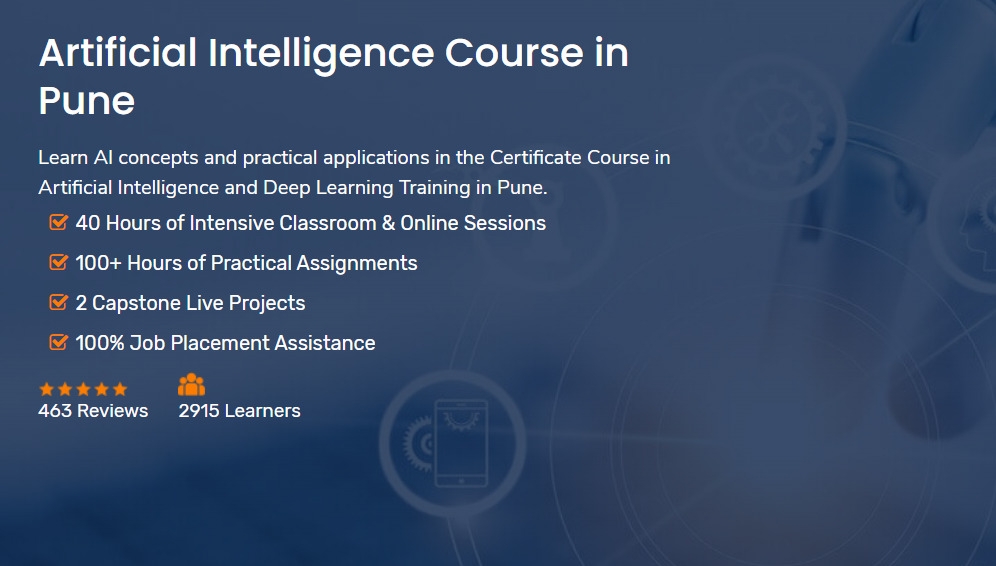Data Analytics in Claims Prediction
Shows how AI uses predictive analytics to forecast claim trends and optimize insurance strategies.
https://www.a3logics.com/blog/ai-for-auto-claims-management-software/
Shows how AI uses predictive analytics to forecast claim trends and optimize insurance strategies.
https://www.a3logics.com/blog/ai-for-auto-claims-management-software/
Data Analytics in Claims Prediction
Shows how AI uses predictive analytics to forecast claim trends and optimize insurance strategies.
https://www.a3logics.com/blog/ai-for-auto-claims-management-software/
0 Commentarios
0 Acciones
855 Views
0 Vista previa









